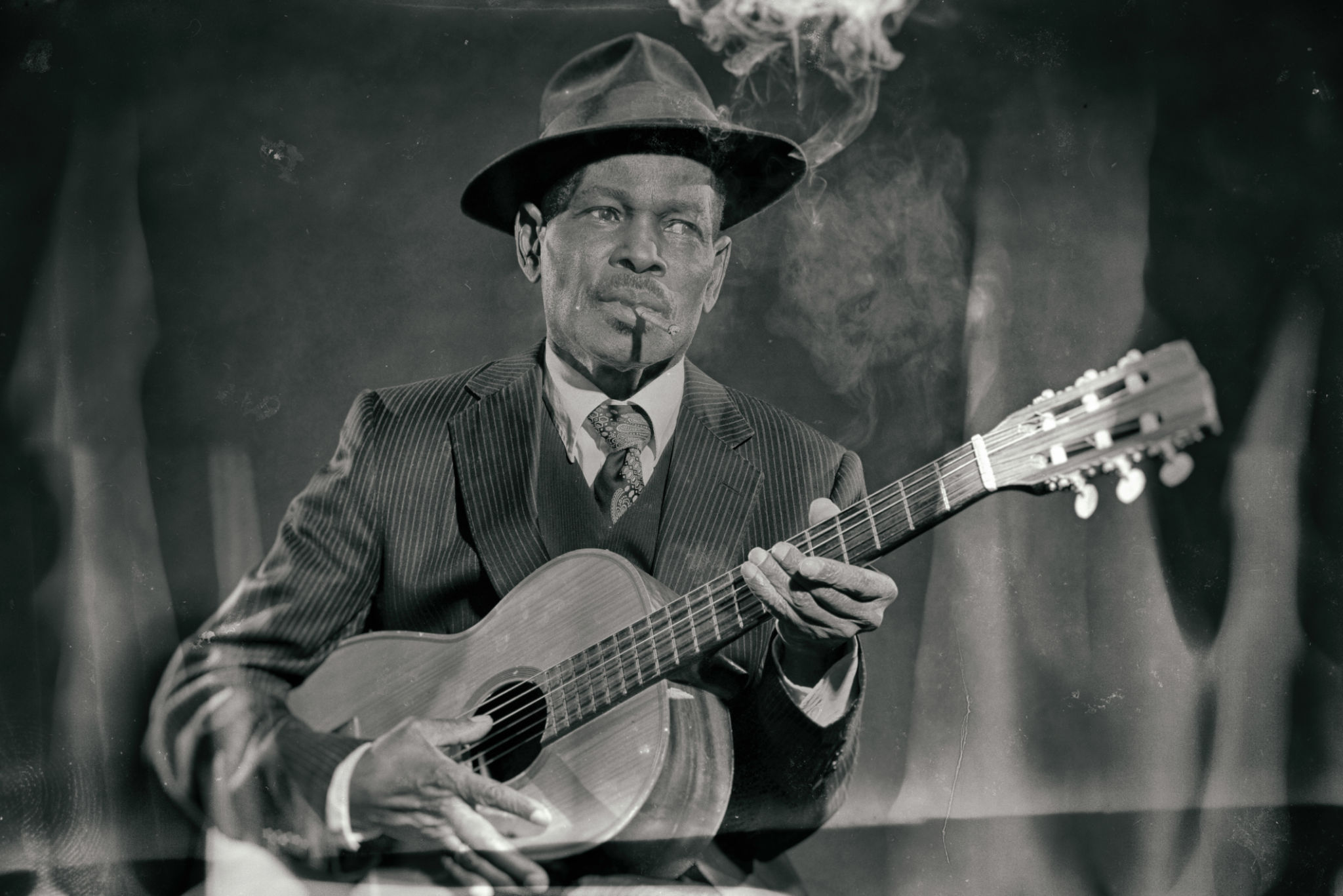How Did 3-Step Originate? Tracing the Roots of this Unique Sound
Unveiling the Origins of 3-Step
The evolution of music has always been a fascinating journey, with genres and sub-genres continually emerging. One such intriguing development in recent years is the rise of 3-Step, a unique sound that has captivated audiences. To truly appreciate this genre, it is essential to delve into its origins and understand the cultural and musical influences that shaped it.

The Roots of 3-Step
3-Step finds its roots in the electronic dance music (EDM) scene, specifically branching out from the more mainstream 2-Step garage sound that gained popularity in the late 1990s. While 2-Step is characterized by its syncopated beats and shuffling rhythms, 3-Step introduces an additional layer of complexity with a third beat, creating a richer and more dynamic auditory experience.
This genre's foundation can be traced back to the underground clubs in London, where DJs and producers experimented with beats and rhythms, seeking new ways to engage their audiences. They drew inspiration from various musical styles, including house, dubstep, and drum and bass, blending them into a cohesive new form.
Pioneers of the 3-Step Movement
The emergence of 3-Step as a recognized genre wouldn't have been possible without the contributions of pioneering artists. These individuals were instrumental in defining the sound and spreading its popularity across club scenes worldwide. Notable figures include producers who pushed the boundaries of traditional EDM by incorporating unconventional time signatures and intricate drum patterns.

These innovators utilized cutting-edge technology and production techniques to craft tracks that resonated with listeners seeking something fresh and exhilarating. Their experimental approach laid the groundwork for what would become a distinctive element in modern electronic music.
Influence of Cultural Movements
Another critical factor in the rise of 3-Step was its connection to cultural movements. The genre became synonymous with the energy and vibrancy of urban nightlife, often serving as the soundtrack to late-night gatherings and underground parties. This cultural backdrop contributed to its rapid spread and acceptance among diverse audiences.
The social aspect of 3-Step cannot be overlooked. As people gathered to dance and enjoy the music, a community was formed around shared experiences and a love for innovative sounds. This sense of belonging and collective enthusiasm played a pivotal role in cementing the genre's place in music history.

Technological Advancements and Their Impact
The development of 3-Step was also significantly influenced by advancements in music production technology. The availability of sophisticated software and hardware enabled producers to experiment with complex rhythms and soundscapes, pushing the limits of what was previously possible in electronic music.
These technological tools allowed for greater creativity and precision, enabling artists to craft tracks that were both complex and accessible. As a result, 3-Step quickly garnered attention from both music enthusiasts and industry professionals, leading to its integration into mainstream music festivals and events.
The Future of 3-Step
As we look to the future, 3-Step continues to evolve, with artists exploring new directions and incorporating elements from other genres. Its adaptability ensures that it remains relevant in an ever-changing musical landscape. Fans eagerly anticipate each new release, curious to see how the genre will transform with each iteration.
Ultimately, the story of 3-Step is one of innovation, collaboration, and cultural expression. It stands as a testament to the enduring power of music to transcend boundaries and bring people together in celebration of creativity and rhythm.